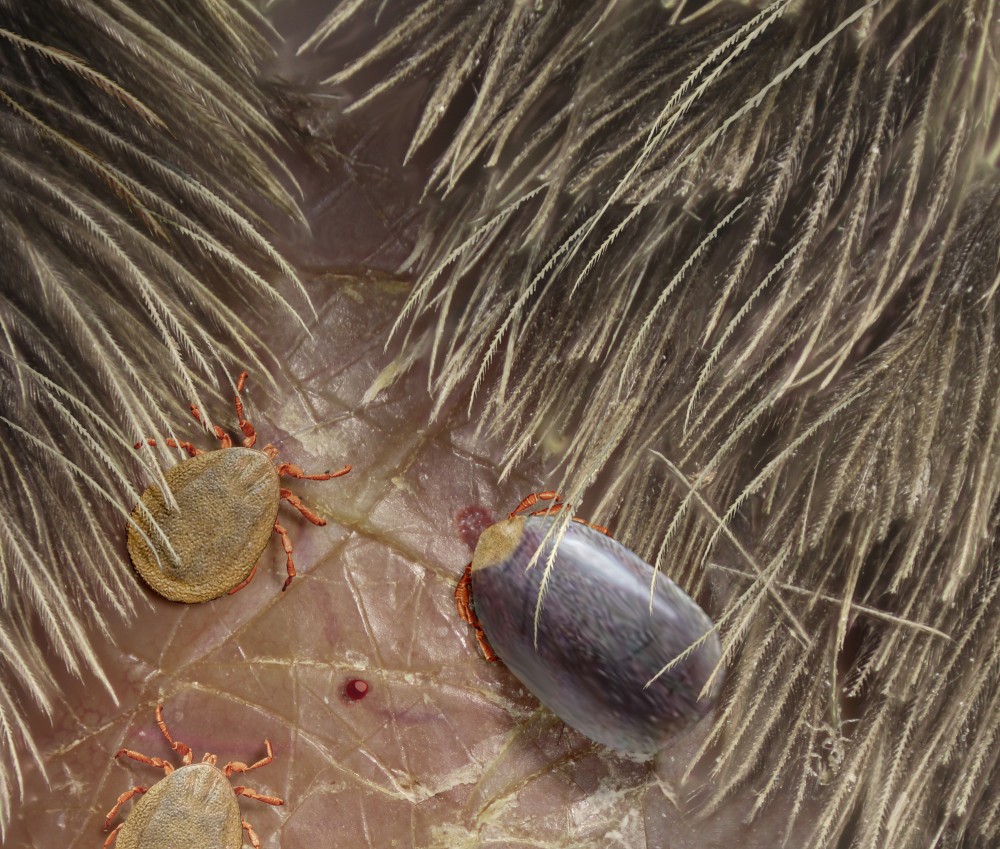|
Deinocrotonidae
''Deinocroton'' is an extinct genus of tick. It is known from two species found in Burmese amber, dating to the earliest part of the Cenomanian stage of the Late Cretaceous, around 99 million years ago. Amongst the oldest ticks known, it is distinct from the main two living families of ticks, Ixodidae (hard bodied) and Argasidae (soft bodied), as well as ''Nuttalliella,'' and has been placed in the monotypic family Deinocrotonidae. Taxonomy Two species have been named, ''D. draculi'' and ''D. copia,'' both from Burmese amber, which dates to the late Albian-early Cenomanian stages of the Cretaceous period, around 100 million years ago. Etymology The name of the genus ''Deinocroton'' is composed of two words from the ancient Greek "deinos", "terrible", and "krotṓn", "krotṓn", "tick". The name of the species ''draculi'' refers to the vampire Count Dracula from the epistolary novel ''Dracula'' by British writer Bram Stoker. Description ''Deinocroton'' is distinguished from ... [...More Info...] [...Related Items...] OR: [Wikipedia] [Google] [Baidu] |
Tick
Ticks (order Ixodida) are parasitic arachnids that are part of the mite superorder Parasitiformes. Adult ticks are approximately 3 to 5 mm in length depending on age, sex, species, and "fullness". Ticks are external parasites, living by feeding on the blood of mammals, birds, and sometimes reptiles and amphibians. The timing of the origin of ticks is uncertain, though the oldest known tick fossils are from the Cretaceous period, around 100 million years old. Ticks are widely distributed around the world, especially in warm, humid climates. Ticks belong to two major families, the Ixodidae or hard ticks, and the Argasidae, or soft ticks. ''Nuttalliella,'' a genus of tick from southern Africa is the only member of the family Nuttalliellidae, and represents the most primitive living lineage of ticks. Adults have ovoid/pear-shaped bodies (idiosomas) which become engorged with blood when they feed, and eight legs. Their cephalothorax and abdomen are completely fused. In addit ... [...More Info...] [...Related Items...] OR: [Wikipedia] [Google] [Baidu] |

